Mazarine Blue (Cyaniris semiargus)
🦋 Mazarine Blue (Cyaniris semiargus) – Detailed Overview
🧬 Taxonomy & Classification
- Order: Lepidoptera
- Family: Lycaenidae (Gossamer-winged butterflies)
- Genus: Cyaniris (previously grouped with Polyommatus)
- Species: semiargus
- Common Name: Mazarine Blue
- Authority: (Rottemburg, 1775)
🌍 Distribution & Habitat
📍 Geographic Range
- Found across much of continental Europe, parts of Scandinavia, the Caucasus, Central Asia, and temperate areas of Russia.
- Extinct or greatly reduced in parts of Western Europe, especially the UK, where it vanished around 1906.
🏞️ Preferred Habitat
- Flower-rich meadows, pastures, roadside verges, alpine grasslands, and lightly grazed areas.
- Requires moist, unimproved grassland with host plants and nectar sources.
- Altitude: Sea level up to 2000 m in alpine regions.
🧍♂️ Identification
♂ Male
- Upperside: Deep velvety blue wings with a narrow black border and white fringe.
- Underside: Pale grey-brown with small black spots without orange lunules (key distinguishing feature).
♀ Female
- Upperside: Brown with a hint of blue near the base, sometimes lightly dusted.
- Underside: Similar to male, pale greyish-brown with clear black dots, no orange markings.
🔍 Wingspan
- 28–32 mm.
🐛 Caterpillar
- Pale green, with faint darker striping and fine hairs.
- Resembles other Lycaenid larvae but more slender and with less pronounced segmentation.
📆 Life Cycle
🔄 Voltinism
- Univoltine (one generation per year).
🐣 Reproductive Cycle
- Eggs: Laid singly on the underside of host plant leaves or flowers.
- Larvae: Feed mainly at night; undergo several moults.
- Pupation: In grass tussocks or leaf litter.
- Overwintering Stage: As pupa.
📅 Flight Period
- May to July (varies by region and altitude).
🌿 Ecology & Diet
🐛 Larval Host Plants
- Clovers, especially:
- Red Clover (Trifolium pratense)
- Alsike Clover (Trifolium hybridum)
- Other legumes occasionally used.
🦋 Adult Nectar Sources
- Red clover, bird’s-foot trefoil, thistles, knapweed, and other grassland wildflowers.
🤝 Symbiosis & Ant Interaction
- Unlike many Lycaenid species, Cyaniris semiargus does not have a strong mutualistic relationship with ants (myrmecophily is minimal or absent).
🧬 Distinguishing Features
| Trait | Mazarine Blue (C. semiargus) | Similar Species |
|---|---|---|
| Orange on underside | ❌ None | Present in Common Blue and others |
| Underside spotting | ✅ Small, distinct black dots | More diffuse or with orange crescents in others |
| Upperside (male) | Deep velvet blue with black border | Often paler in Common Blue (Polyommatus icarus) |
| Upperside (female) | Mostly brown | May be more bluish in Common Blue females |
📉 Conservation Status
- IUCN Status: Least Concern globally, but declining in many areas.
- UK Status: Extinct (last seen in early 20th century).
⚠️ Threats
- Habitat loss due to:
- Agricultural intensification
- Overgrazing or undergrazing
- Fertilizer and pesticide use
- Drainage of wet meadows
🛡️ Conservation Measures
- Protection of flower-rich grasslands.
- Promote low-intensity grazing and mowing.
- Maintain populations of wild clover and legumes.
- Monitoring and habitat restoration in decline areas.
💡 Interesting Facts
- The name “Mazarine” comes from Cardinal Mazarin, whose robe color may have inspired the term for the deep blue hue.
- Often confused with Common Blue (Polyommatus icarus), but easily distinguished by the absence of orange on the underside.
- A butterfly of quiet meadows – its decline is a bioindicator of vanishing traditional grassland ecosystems.
📚 References & Further Reading
- Butterfly Conservation Europe: Cyaniris semiargus profile
- Tolman & Lewington (2009). Collins Butterfly Guide.
- IUCN Red List: Cyaniris semiargus
- UK Biodiversity Action Plan (historic data)
Visited 63 times, 4 visit(s) today
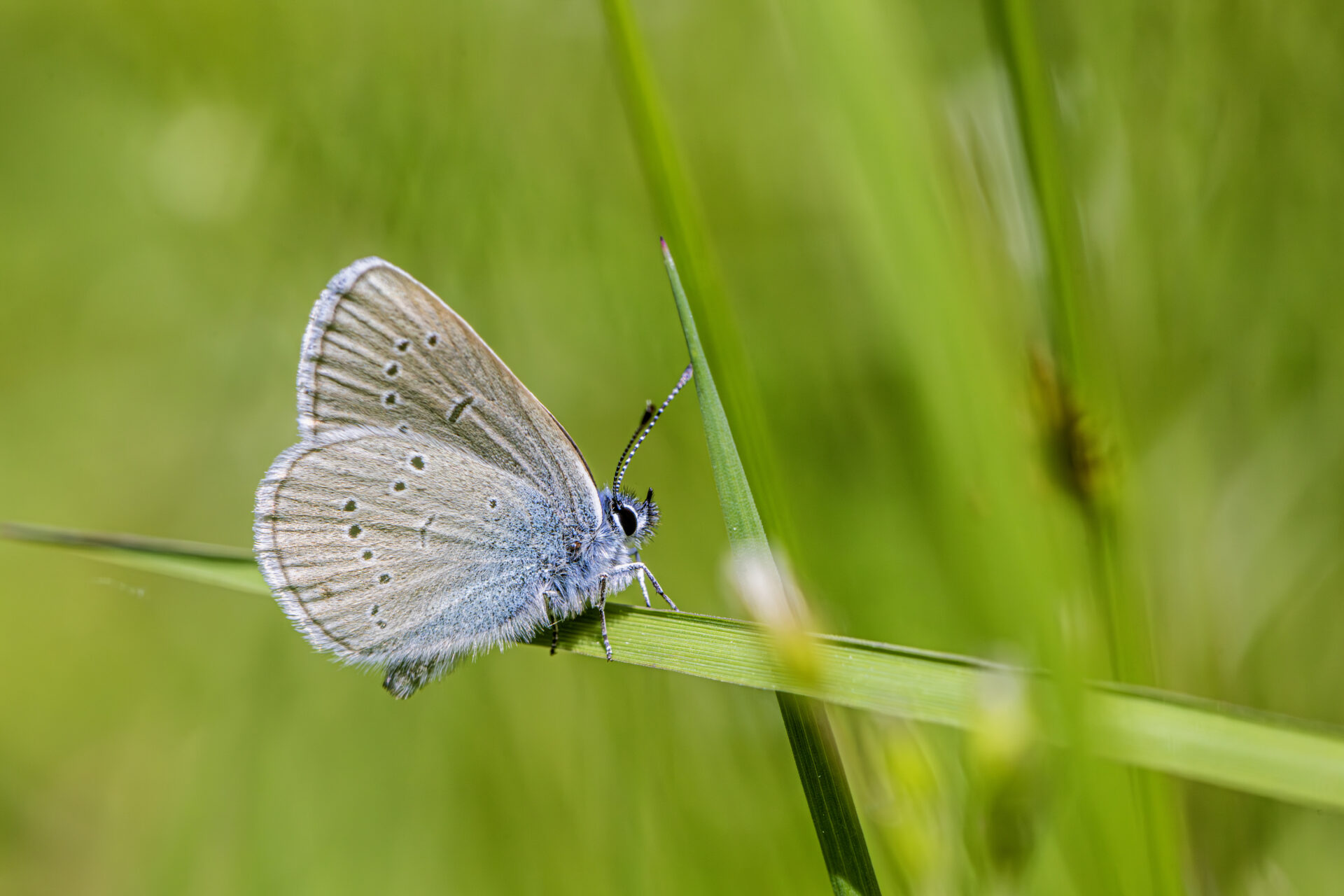
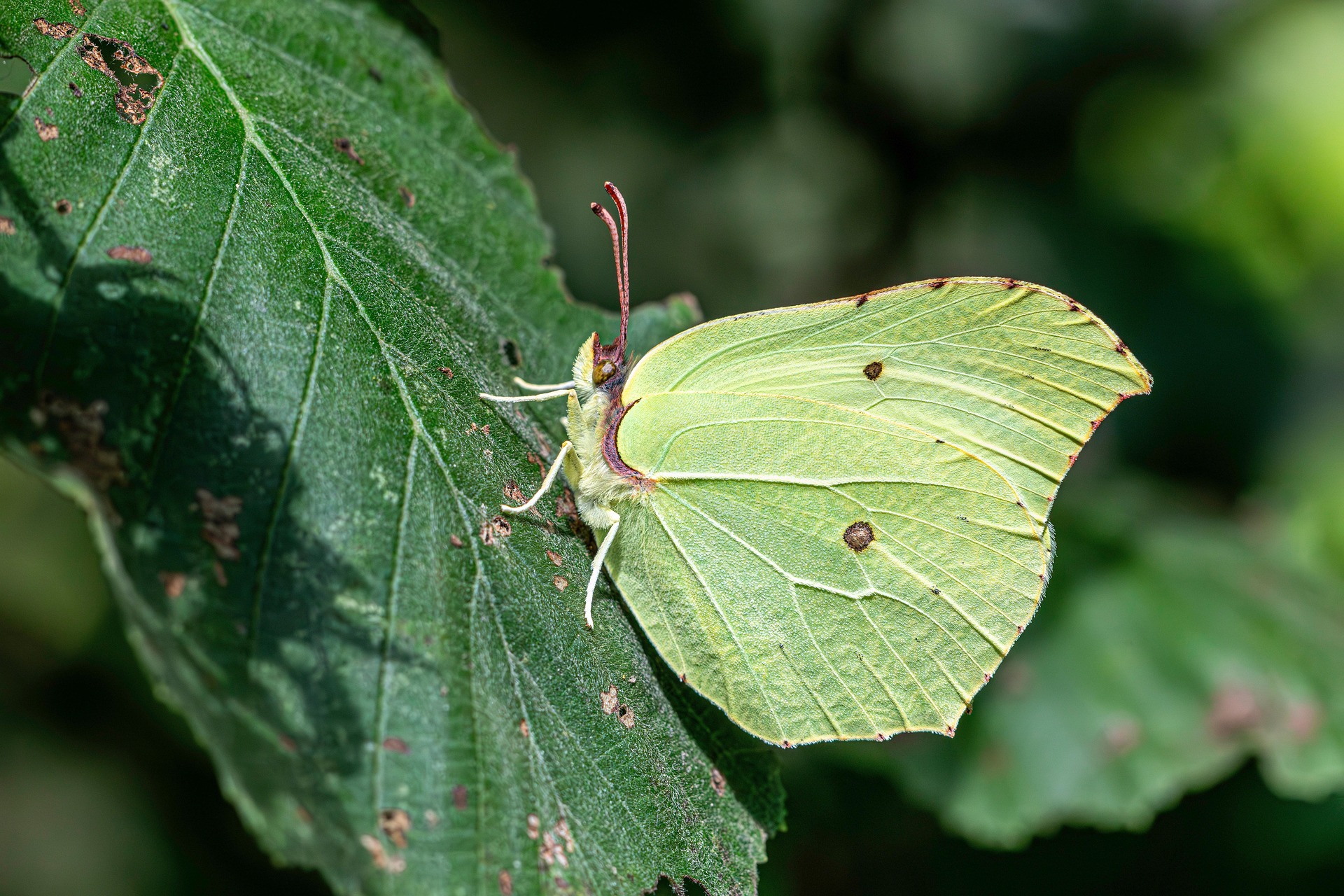
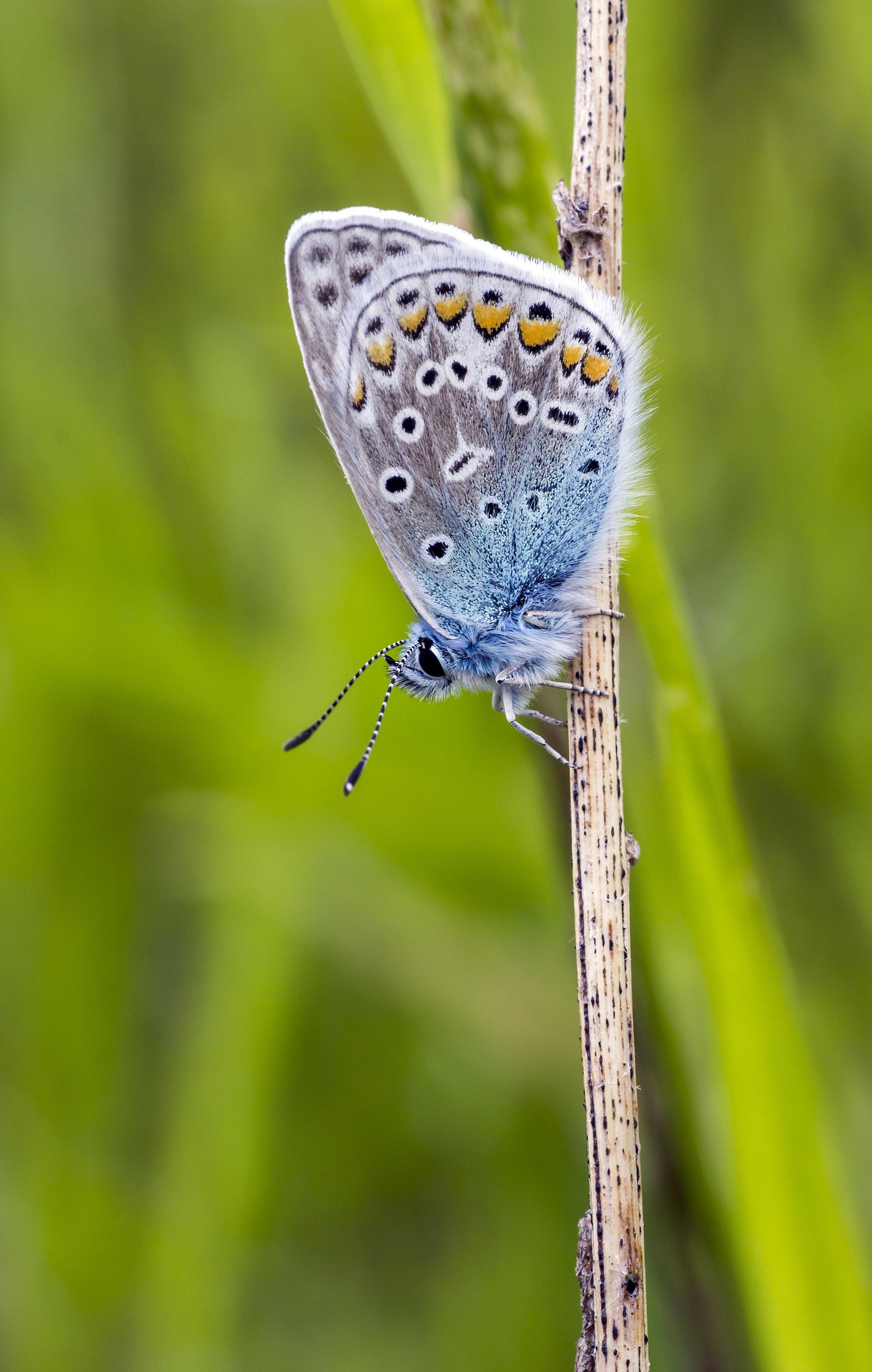
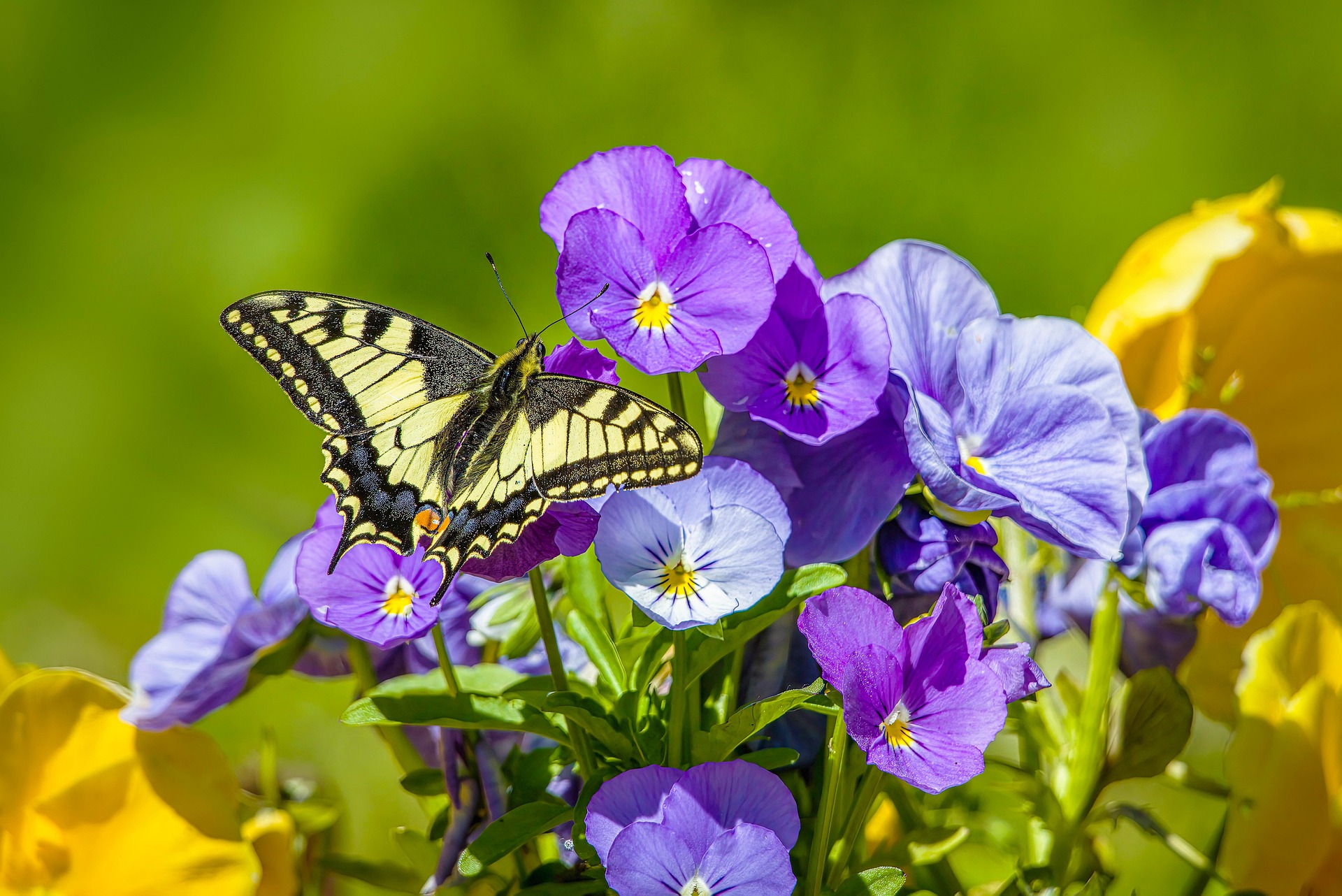
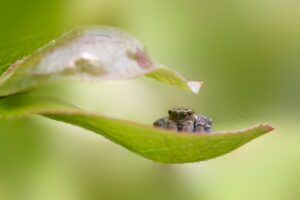
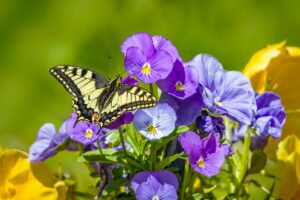
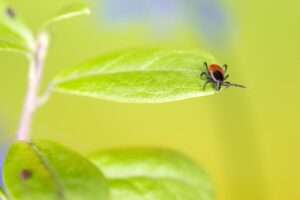
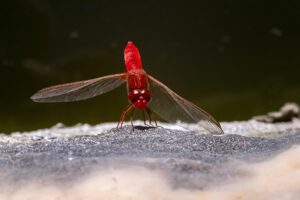
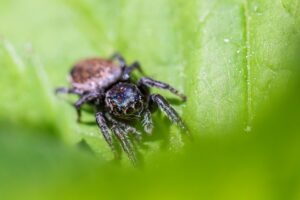
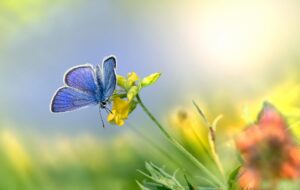
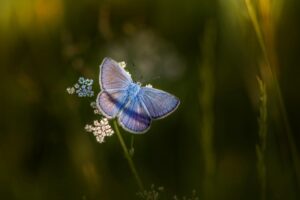
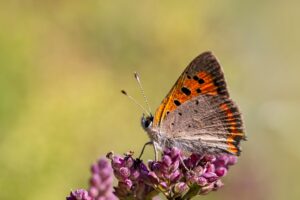
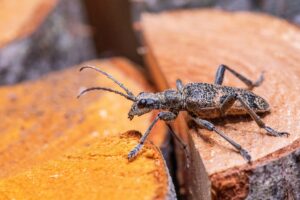
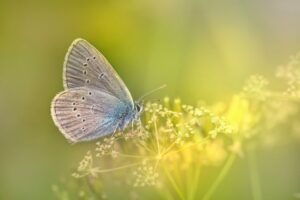
Post Comment